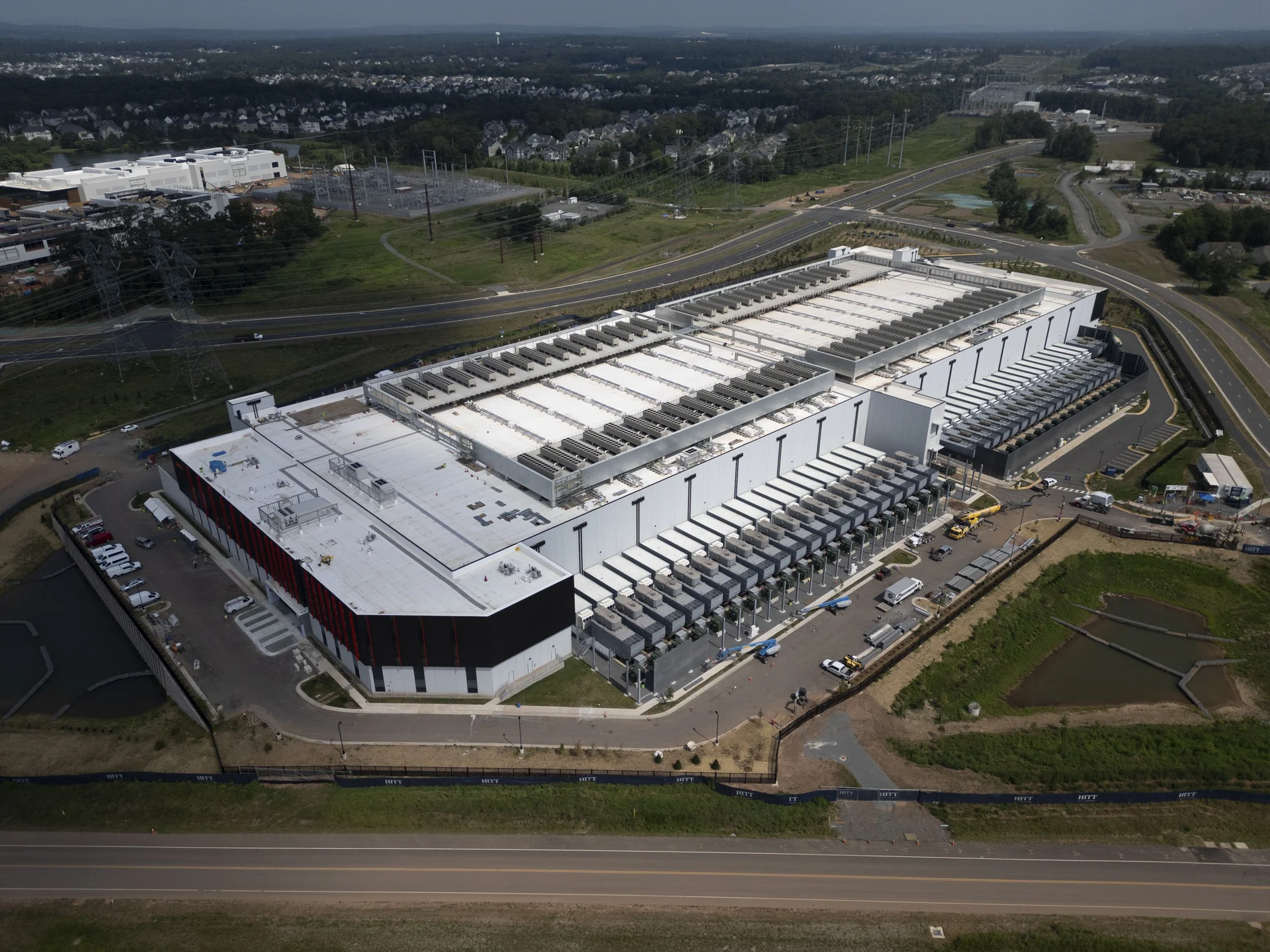Americans are waking up to a new hidden tax: the digital economy’s energy bill. Household electricity costs are 30% higher than they were five years ago, and one of the biggest drivers is the explosive growth of data centers.
These facilities, run by Amazon, Google, Microsoft, Meta, and Apple, power AI models, streaming platforms, and cloud storage. But they are straining the U.S. grid at historic levels. In 2023, data centers consumed more than 4% of the national electricity supply. By 2028, that figure could climb as high as 12%.
The Rising Burden
For everyday Americans, the impact is direct. Bills are climbing across the country. In Ohio, households are already paying at least $15 more each month, according to utility filings. In Texas, electricity demand could double by 2035, local regulators warn. Nationwide, bills are expected to rise another 8% by 2030, and in high-density data center states, as much as 25%.
Rising Electric Bill isn’t an isolated trend—it’s structural. As BitVision.ai recently reported, the AI boom has minted dozens of new billionaires. But at the same time, millions of households are absorbing the cost through their utility bills.

Consumer advocates say the price increases are a negative signal in the emerging debate over who bears the cost of US dominance in AI © Carlos Barria/Reuters
Who Pays the Price?
Tech executives insist they don’t want the public to foot the bill. “We don’t want to see other customers bearing the cost of us trying to grow,” said Bobby Hollis, Microsoft’s head of energy procurement. But the industry’s actions tell a different story. Companies have lobbied lawmakers, pitched favorable pricing schemes, and even invested directly in utilities to guarantee cheaper access to power.
In effect, households and small businesses are caught in the middle—subsidizing Big Tech’s hunger for energy through higher rates. A recent Business Insider report calls it what it is: ordinary customers paying Big Tech’s power bill.
State Pushback
Some regulators are starting to draw the line. Ohio now requires new data centers to pay for at least 85% of the electricity they contract for over 12 years, even if they don’t fully use it. Other states are exploring special tariffs to ensure the cost of grid expansion doesn’t fall on ordinary families.
Yet the stakes are growing. Demand for AI and digital infrastructure is accelerating faster than new power can be built. Without decisive action, the cost of innovation will continue to show up where Americans feel it most—in their monthly power bill.
